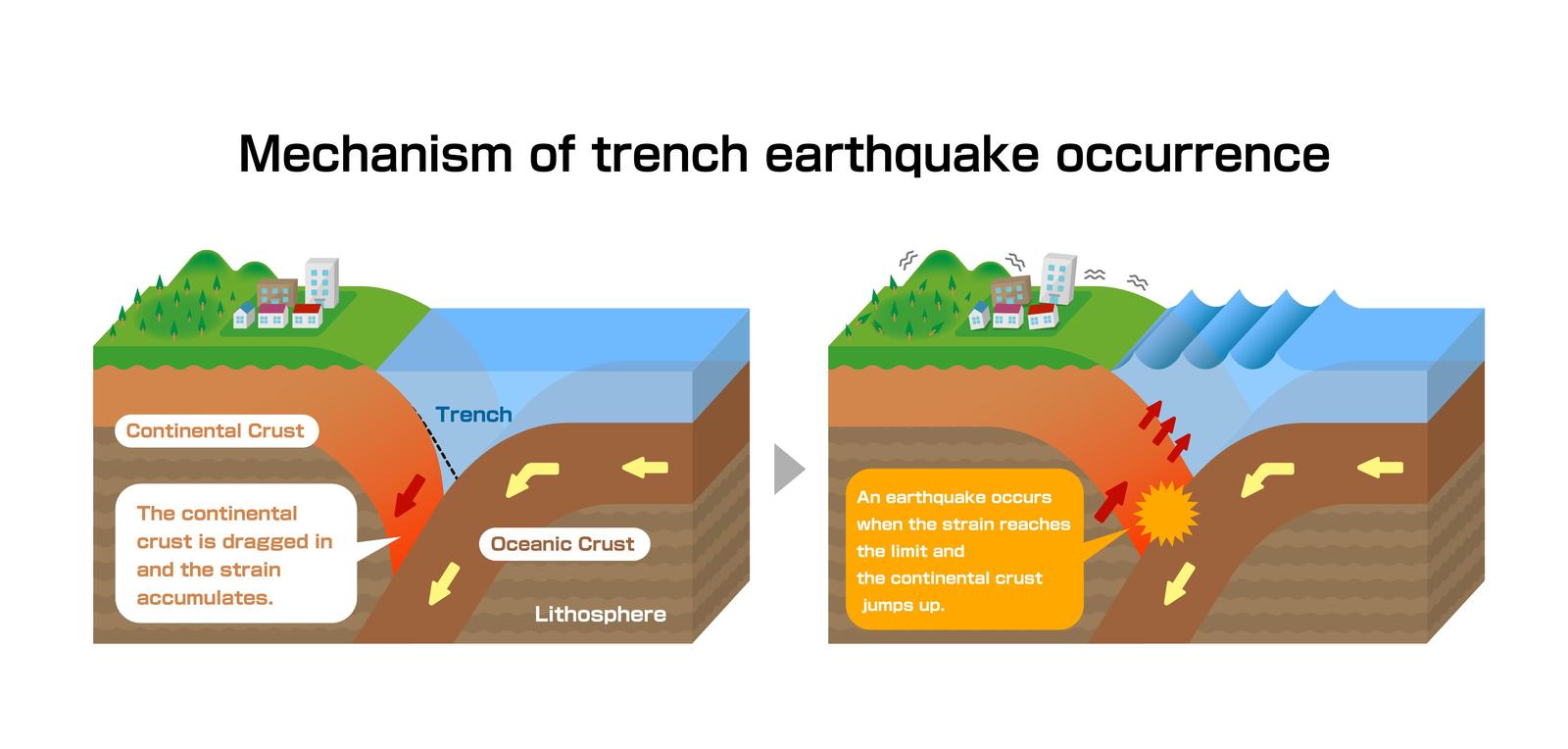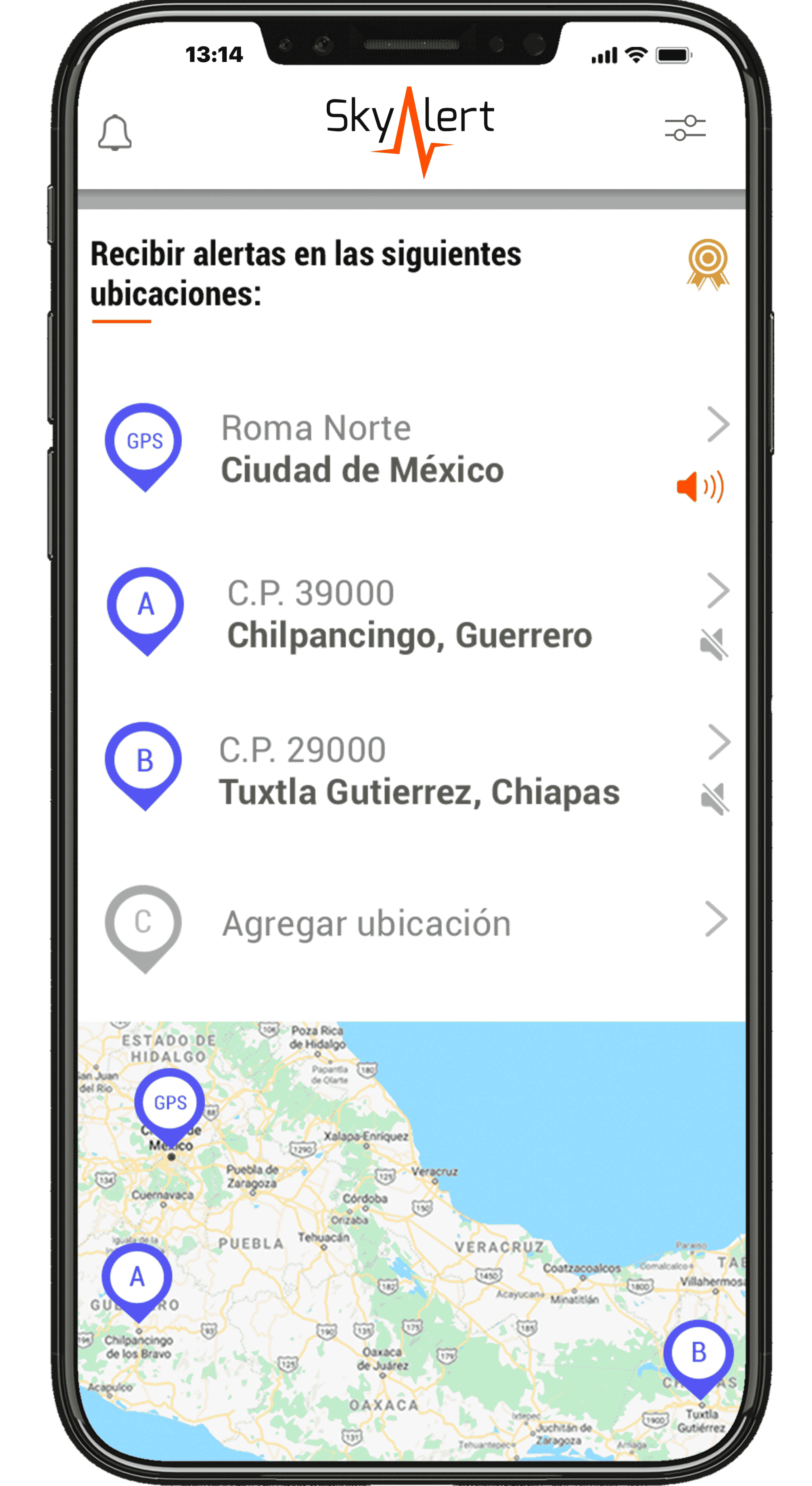Esta publicación también está disponible en: English Español
On September 19, 2022, I, like many in Puerto Vallarta, experienced my first ever earthquake. I’m a southern boy – from Nashville, Tennessee – and an earthquake isn’t something we really ever worry about. Other natural disasters – flooding, tornados – yes, but not an earthquake.
I also have more than 30 years of experience in emergency services as a firefighter, advanced emergency medical technician and as an EMS Chief. So planning and managing disasters is nothing new for me. But experiencing the earthquake was new and I wasn’t prepared – mentally or functionally. It was unnerving.
In 1985 on Sept. 19, an earthquake struck Mexico City and killed some 9,500 people . On that same date in 2017, another earthquake hit in Mexico City that killed more than 282 lives and caused 44 buildings to collapse. Mexico takes the threat of an earthquake very seriously due to its previous history.
What is an earthquake? An earthquake is a sudden, rapid shaking of the earth caused by the shifting of rock beneath the earth’s surface. They strike without warning, at any time of year, day or night. Mexico is at high risk of large earthquakes because of the tectonic boundary between the Pacific Plate and the North American Plate that resides near there.

Modern buildings in Puerto Vallarta, Mexico are built to standards that will help them withstand hurricanes and earthquakes.
So, now that we know earthquakes will happen if you are in Mexico long enough, what to do when one happens?
First, public buildings throughout Mexico (which includes hotels) have evacuation procedures and routes in place, clearly advertised on wall postings. Look for the words “Sismo” or “Temblor”—instructions are otherwise presented using illustrations, so you don’t need to read any Spanish beyond that to interpret them. Follow those instructions.
If you happen to be in a building when the earthquake starts:
- Seek refuge under a strong desk or table
- Move away from objects that can fall (heavy furniture, lights, etc)
- Be prepared for power outages and loss of cell service
- Have an evacuation plan – keep door keys, and other valuables near the exits.
- When you do evacuate, do not take the elevator. Take the stairs.
If you are outside when an earthquake hits:
- Keep away from tall buildings – look for an open space
- Stay calm and stay alert and aware of your surroundings
You may hear a siren warning being broadcast. These messages are in Spanish. If you don’t understand, ask someone around you to interpret if possible.
After the earthquake:
Check the walls, ceilings, joints and beams of the place where you live or stay. If you detect a crack or damage, walk away and call 911 to request a structural dictation.
Be on alert for Tusnami watches and warnings, and any messaging telling you to seek higher ground immediately. Stay away from the beaches after an earthquake.
Be prepared for more earthquakes and aftershocks.
There are more safety tips from the American Red Cross, here.
Notifications:

Follow the SASMEX twitter account who tweet tremors, and earthquakes in Mexico. There are actually several great twitter accounts dedicated to earthquakes, so do a search and find the one that suits you best.
Download the app, SkyAlert. You can use it for free for just one location. You’ll need to know the zip code of where you are staying. SkyAlert is a private network of seismic sensors, which since 2014, has more than 120 devices, covering 80% of the areas with the greatest seismic danger in Mexico.
Esta publicación también está disponible en: English Español













